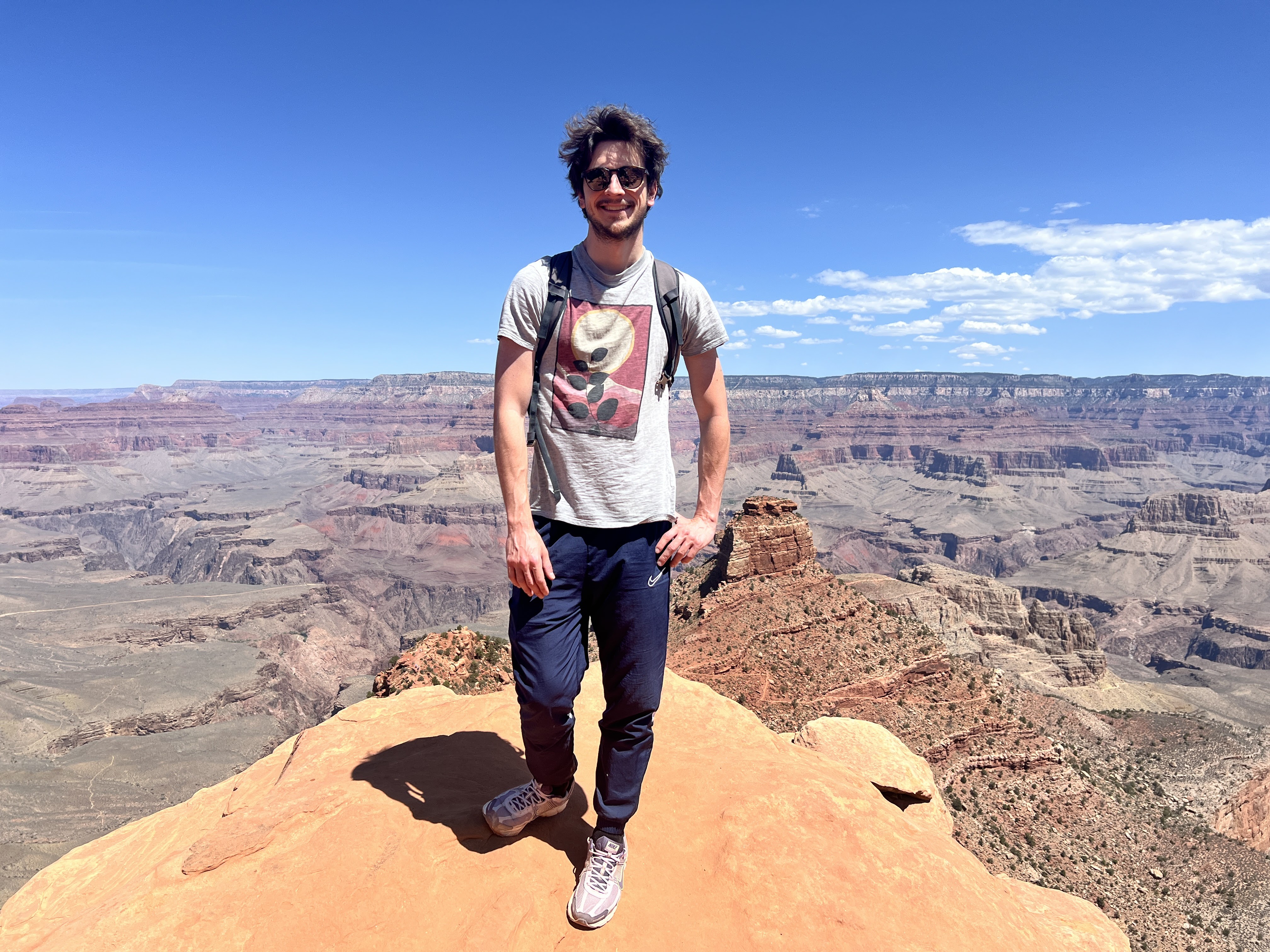About me
Praise the sun! I am currently a Senior Research Scientist at Valence Labs, working on deep learning frameworks for reshaping and accelerating computational methods in chemistry and biology. Previously, I was a Senior Research Associate at the University of Oxford working with Michael Bronstein. I also spent time as a Research Associate at the University of Cambridge in Pietro Liò’s lab. I finished my PhD in Mathematics at UCL with a thesis on analysis of singularity formation of rotationally symmetric Ricci Flows. I am now interested in Geometric Deep Learning, with a recent emphasis on generative models, working on both theoretical foundations and applications in the scientific domain.
Contact: francesco.di.giovanni at valencelabs (dot) com
